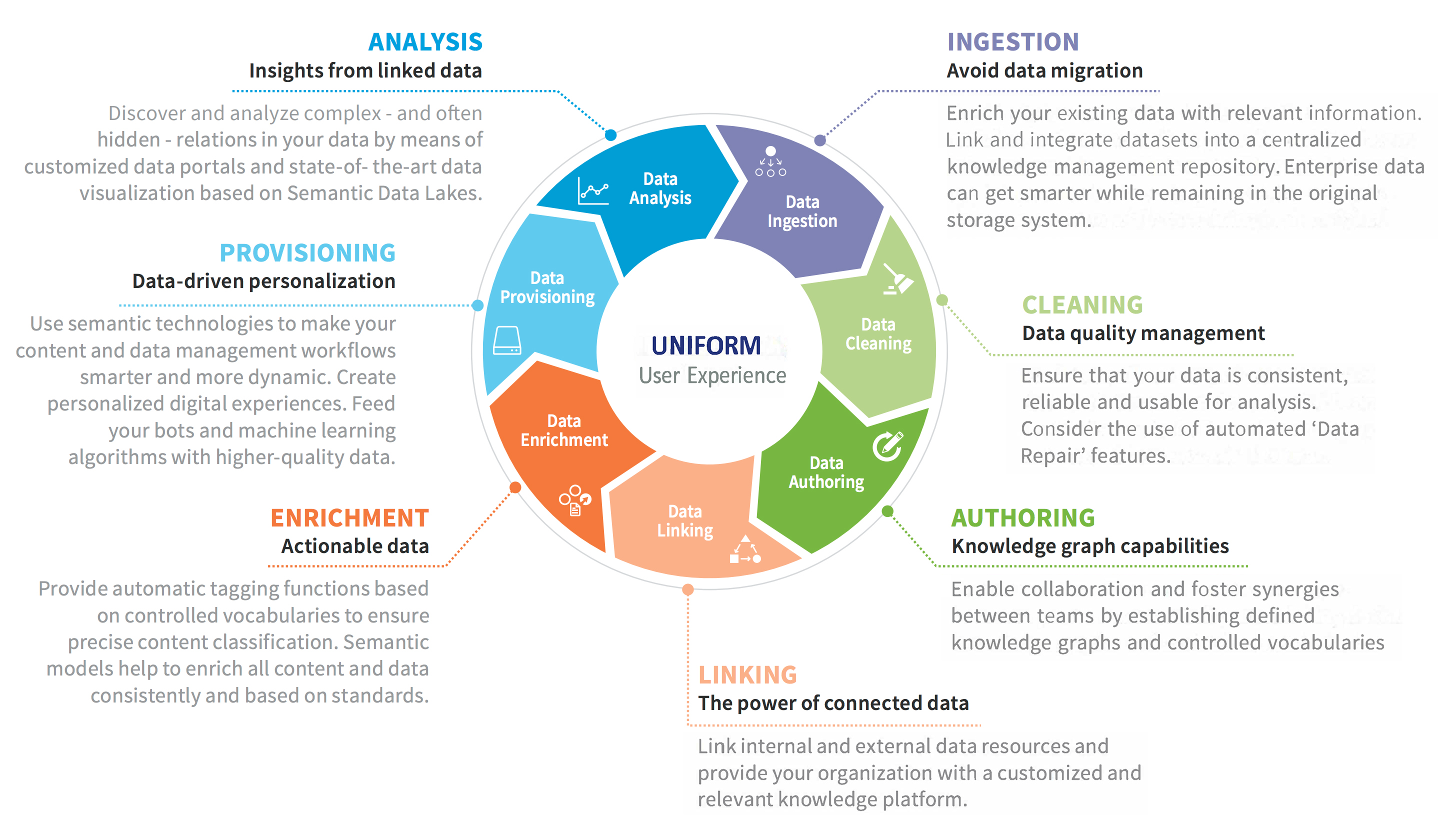Technology cost was once a serious blocker to a fast and simple business flow. As productivity and collaboration solutions become cheaper and easier to adopt, organizations of all sizes have seemingly infinite options for streamlining how they operate. The rise of APIs and fee-based integration services have created an ecosystem where small companies with limited IT budgets can have robust business solutions that rival the expensive ERPs used by large enterprises. Today, a high performing solution can be achieved by combining multiple individual “best of breed” applications. Benefits to having a cohesive and efficient system include:
- Increased agility
- Simplified data management and access
- Enhanced visualization
- Faster Throughput
- Fewer mistakes
- More time to focus on priority initiatives
In 2020, you can achieve the high-quality enterprise solution that your organization deserves. Here are some ideas to help you get started.
Optimize Workflow
“We cannot stand still. We have to be trying new things and looking at our processes to see what is working and not working. And if it is working, we have to ask ourselves, Will it continue to work in the future?” -Andrew D. Paparozzi, Chief Economist, NAPL, ( How Industry Leaders Get—and Stay —Ahead, 2014)
Regardless of what you do, your organization operates on a routine. Over time, habits make your routine comfortable. Attaining impact from a new tool or system requires that you determine how to work smarter. Luckily, the process is not too difficult.
- Document your business process into a map. There is no need for a comprehensive diagram. Include the key tasks that accomplish business goals. Use a flow tool such as Visio or Lucidchart. Alternatively, just draw it on a whiteboard
- Identify inefficiencies. No one is smarter about your business than you. Once you can see the whole process at once; unnecessary tasks, redundant steps, and bottlenecks will seem obvious
- Rethink your process. Inefficiencies are often the result of technology limitations. Wipe the slate clean and create the process that you would want if there were nothing holding you back
- Automate simple tasks that drain valuable time. Also, target steps in the process that are prone to errors and delays
Many believe that optimizing a business process must involve a complex and time-consuming assessment. However, at the core, it’s a simple matter of creating patterns that allow for smart decisions to be made at the right time.
Business Requirements
Business requirements come in many styles and formats. Some teams prefer to keep things simple and use a bulleted wish list. Others might find a collection of use case specifications easier to use based on their existing setup. Either approach can work. The optimized workflow must be translated into a clear set of capabilities. The priority of the needed capabilities must be communicated as well.
Now the technical team has what they need to turn that new business process into a working solution.
Minimize Touchpoints
If business constraints, such as cost, lead the assessment towards a hybrid solution, the technical team must think strategically. Moving back and forth between systems is inefficient. Every touchpoint in the workflow is time spent.

Remember the Future
Will you be doing business the same way in 2 to 5 years? Don’t forget that your solution needs to adapt and grow with your organization.
Market Search
When looking for the right tools to modernize, it can be tempting to go for trendiness and buzz. Outline your criteria ahead of time and stay true to your requirements. Keep an open mind as you pick out suitable alternatives.
Don’t know where to begin? How about a review of systems in use by similar organizations in your industry? Comparable use cases are a great source for leads that are relevant to your needs. Ask around, conduct targeted searches, read comparisons, and check reviews. Software trials are a great way determine if options are worthwhile.
Choosing a poor or incompatible solution can have painful, embarrassing, and expensive consequences. Spending some extra time on research is almost never a bad investment.
User Pilot
You have decided to try out a new solution. Now that’s exciting! The most important consideration at this stage is to figure out where you will need help. Are you working with a new vendor? Several vendors? Is your team building part of the solution in house? What’s your tolerance for downtime and outages? Who is on the hook to keep everything up and running?
Whatever challenges come your way; a test run will help to ensure that your team is ready. Ask questions, document concerns, and track feedback.
Acquisition
Depending on the licensing terms and the availability of trials; purchasing can come either before or after your user pilot(s). When you explain your goals, environment, concerns, and constraints to your vendor(s), they are often willing to accommodate within reason. Don’t be afraid to ask for their help.
Once the contracts are signed, you will have to either live with the terms or spend additional funds to amend them. Don’t forget to cover important agreements such as:
- Dispute resolution process
- Cadence of future releases
- Access to future enhancements
- Access to vendor support
- Professional services for custom features
- License lifecycle (extensions/amendments)
- Feedback into technical roadmap
- Termination or transfer rights
Conclusion
Business management tools have come a long way and are constantly improving. Investment is on the rise for robust solutions that minimize chaos improve productivity. More and more organizations are adopting smarter ways to get work done, foresee risks, and promote healthy operations. With a just little bit of ingenuity, technical strategy, and collaboration; you too can feel confident that you have a system that bolsters your organization’s performance.
